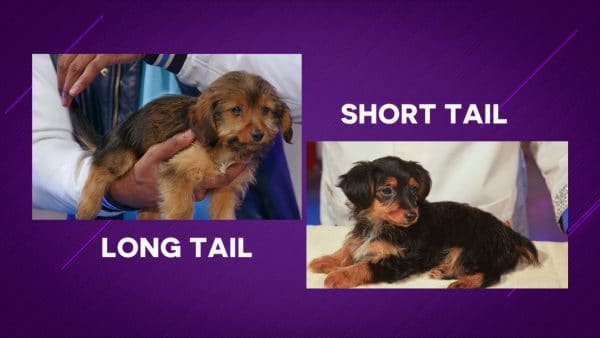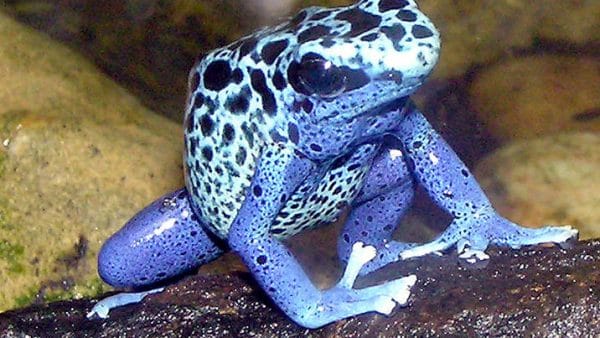Traits are your physical characteristics, like your hair or eye color. Every living thing has traits that make it unique. Most traits are passed down from parents, however, they can also come from your grandparents or even your great-grandparents. Some traits are also influenced by the environment.
To better understand how inherited traits work…
LET’S BREAK IT DOWN!
Genetics for Kids: Most traits are passed down from parents.

Parents pass their physical characteristics, or traits, to their offspring. Offspring are the children of animal parents (and that includes humans, too).
When baby animals are formed, some of the traits from the mom and some of the traits from the dad are combined to create a unique baby.
Sometimes traits can skip a generation. That’s why you might be the only one in the family with a nose that looks like your grandfather’s nose.
Inherited Traits: Different individuals can have different traits.

If you have siblings, you might have some of the same traits. However, other traits may be different, like your eye color or height.
You cannot have all of your mom’s traits AND all of your dad’s traits! It's always a mixture. When babies are formed, they get some traits from each parent. It’s kind of like shuffling a deck of playing cards. Each time you shuffle the deck and pass out the cards, the players will have a different set of cards to play with.
Animals of the same kind share a common set of physical traits. For example, all giraffes have long necks and all birds lay eggs. Animals also have common behavioral traits. We can expect that all bumblebees will gather nectar and pollen and take it back to their beehive.
Passing Down Traits: Variation of traits among individuals may provide advantages in surviving.

Some traits are very helpful for animals in the wild. If a newborn deer blends into the grass where it was born, it will have a better chance of staying hidden from predators.
Camouflage is a trait that helps animals survive. Other traits, such as fur color, speed, and how well an animal can hear also help it survive. Having the prettiest feathers is a helpful trait for findings mates.
Environmental Factors: Some traits are influenced by environment.

We are all born with the information that will determine our traits. However, different factors in a living thing’s environment can influence the trait. If a person is born with the potential to grow very tall, but they don't get proper nutrition, it is unlikely that they will be tall.
Poison dart frogs are the most brightly colored, and the most poisonous, frogs in the world. They are another good example of how traits can be influenced by the environment. Scientists think that poison dart frogs get their poison from the insects they eat. It is not simply something they are born with.

































































































































 Select a Google Form
Select a Google Form












